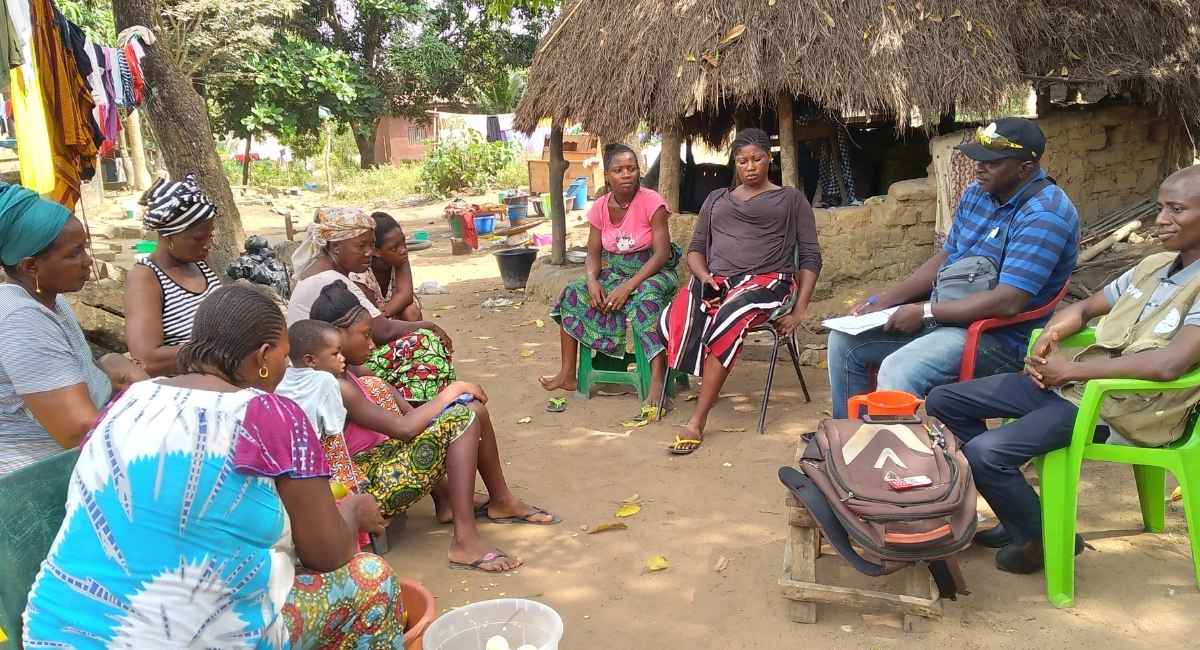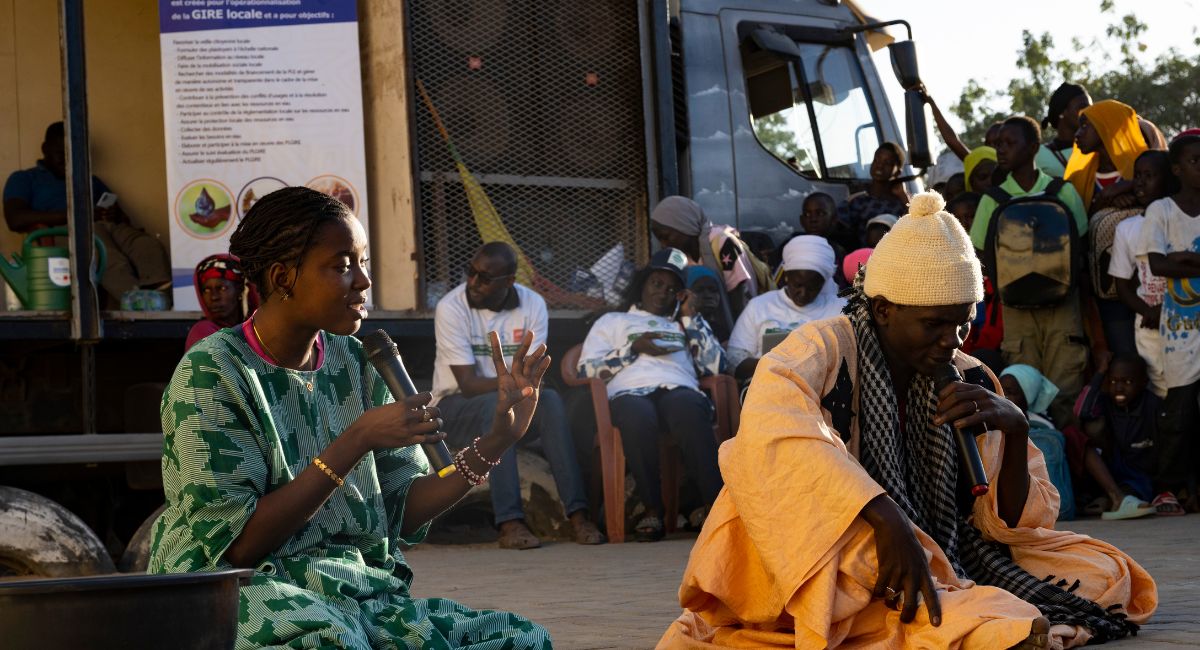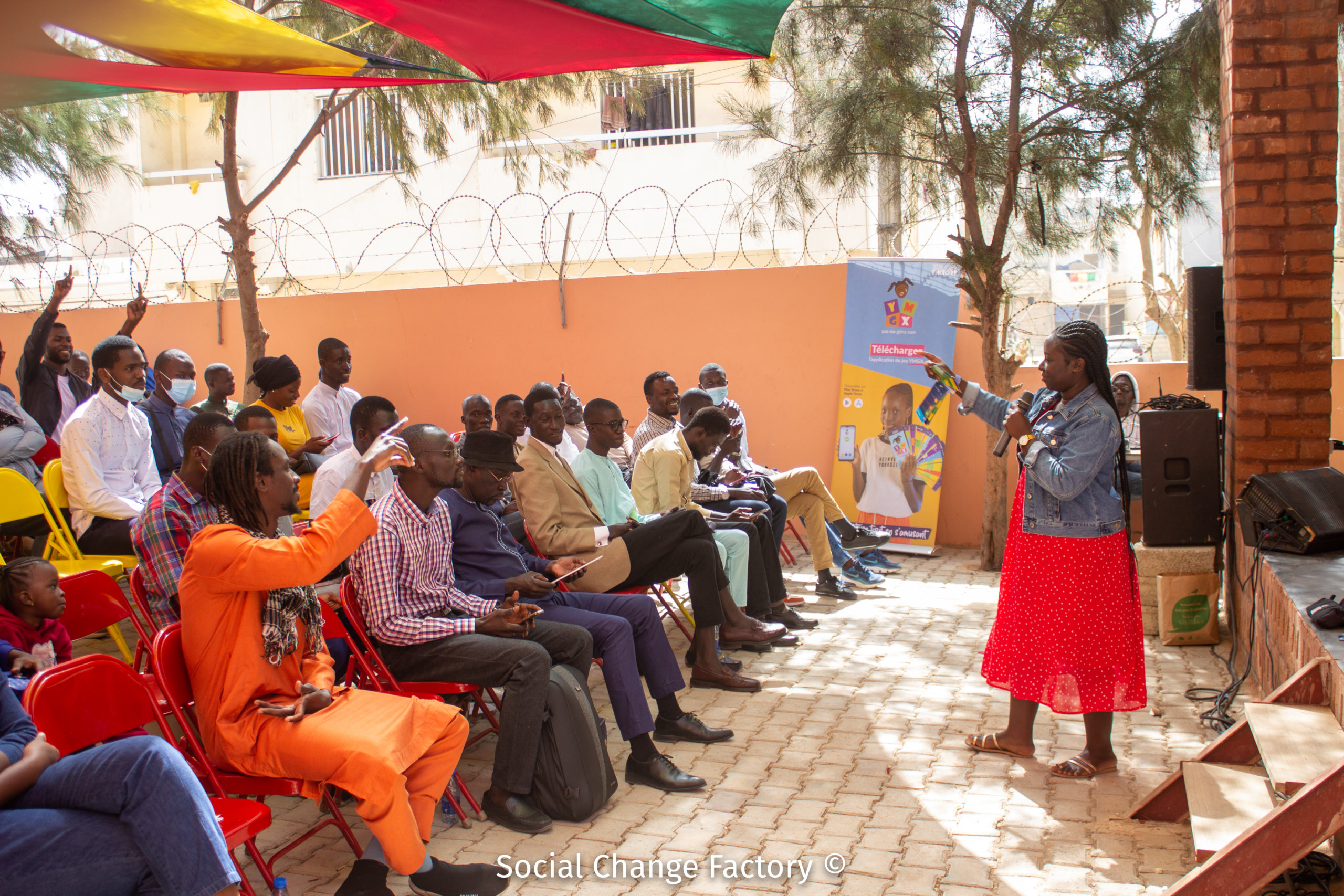The 3rd edition of Agroecology days in Senegal took place in Dakar from 30 January to 1 February 2020. The focus of this edition was: “Agroecological transition in Senegal: which direction for the agriculture sector?”. One of the event’s objectives was to raise awareness among the general public on agroecology by sharing experiences and/or studies in four parallel panels on the subjects identified (governance of natural resources; value chains and services for family farms; extension training on practices and innovations; programmes, laws and funding). Selected for the first subject, GRET’s Integrated water resources management (IWRM) team shared its experience on the link between IWRM and Agroecology as part of its action-research in Les Niayes.
The presentation demonstrated that IWRM and agroecology are closely related and interconnected. Without a sustainable water resource and without management and sharing of this resource, agriculture is not viable. Conversely, agroecology contributes to IWRM as it enables better water retention in soil and thereby facilitates good preservation of water and soil quality.
So, local water platforms have integrated activities related to agroecology in their local integrated water resources management plans: reforestation campaigns, installation of stone barriers improving water retention in soil, training on agroecology techniques for water management, and conduct of a diagnosis on the use of chemical inputs.
Lastly, with a view to encouraging participants to question the sustainability of irrigated agriculture in this zone, a fun activity with water bottles and containers was organised to compare available water resources and current use. This activity generated numerous reactions and enabled participants to become familiar with the challenges of sustainable water management.
Lastly, it is important to highlight that, even with optimum efficiency in irrigation systems, and given the extension of irrigated surface areas, water resources are still clearly under threat in the Les Niayes area.






